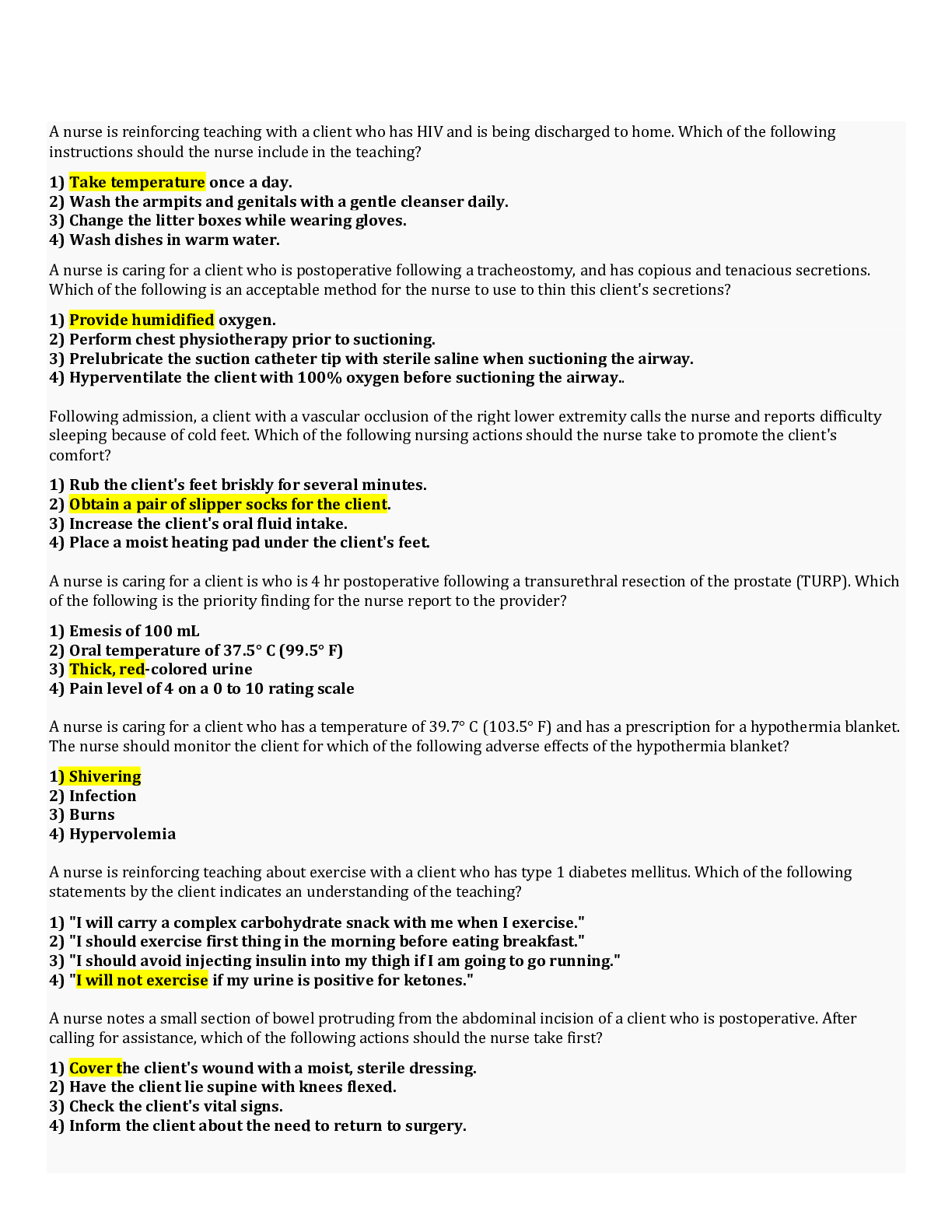*NURSING > STUDY GUIDE > NURS 3180 Review Guide Exam 3 (All)
NURS 3180 Review Guide Exam 3
Document Content and Description Below
NURS 3180 Review Guide Exam 3 Chapter 18 Thorax and Lungs 1. Know the anatomical landmarks of the thorax and lungs • The right lung has three lobes (RUL, RML, RLL). It is shorte... r than the left long because of the underlying liver. • Left lung has two lobes (LUL, LLL). It is narrower than the right lung because the heart bulges the left. 2. Mechanisms of respiration • Four major functions of the respiratory system o Supplying oxygen to the body for energy production o Removing carbon dioxide as a waster product of energy reactions o Maintaining homeostasis (acid-base balance) of arterial blood o Maintaining heat exchange (less important in humans) • Lungs help maintain the pH balance by adjusting the level of carbon dioxide through respiration. • Hypoventilation (slow, shallow breathing) causes carbon dioxide to build up in the blood. • Hyperventilation (rapid, deep breathing) causes carbon dioxide to be blown off. • The normal stimulus to breathe is an increase of carbon dioxide in the blood, or hypercapnia. • A decrease of oxygen in the blood (hypoxemia) also increases respirations but is less effective than hypercapnia. • The purpose of breathing is to maintain an adequate oxygen level in the blood to support cellular life • Respiration is the physical act of breathing; air rushes into the lungs as the chest size increase (inspiration) and is expelled from the lungs as the chest recoils (expiration) • Diaphragm is the major muscle responsible for the increase in thoracic size. During inspiration (negative pressure) contraction of the bell-shaped diaphragm cause it to descend and flatten. • Expiration (positive pressure) is primarily passive. 3. Terms: • Hemoptysis: blood in sputum • Dyspnea: shortness of breath • Orthopnea: shortness of breath when lying down • Paroxysmal nocturnal dyspnea (PND): sudden awakening from sleeping, with shortness of breath • Fremitus: a palpable vibration from the spoken voice felt over the chest wall • Crepitus: coarse, crackling sensation palpable over the skin when air abnormally escapes from the lung and enters the subcutaneous tissue • Hyperresonance: a lower-pitched, booming sound found when too much air is present such as in emphysema or pneumothorax. • Bronchial (tracheal): high-pitched, normal breath sounds over trachea and larynx. • Bronchovesicular: the normal breath sound heard over major bronchi, characterized by moderate pitch and an equal duration of inspiration and expiration .......................................................................continued................................................................................. [Show More]
Last updated: 1 year ago
Preview 1 out of 16 pages

Reviews( 0 )
Document information
Connected school, study & course
About the document
Uploaded On
Aug 20, 2021
Number of pages
16
Written in
Additional information
This document has been written for:
Uploaded
Aug 20, 2021
Downloads
0
Views
38

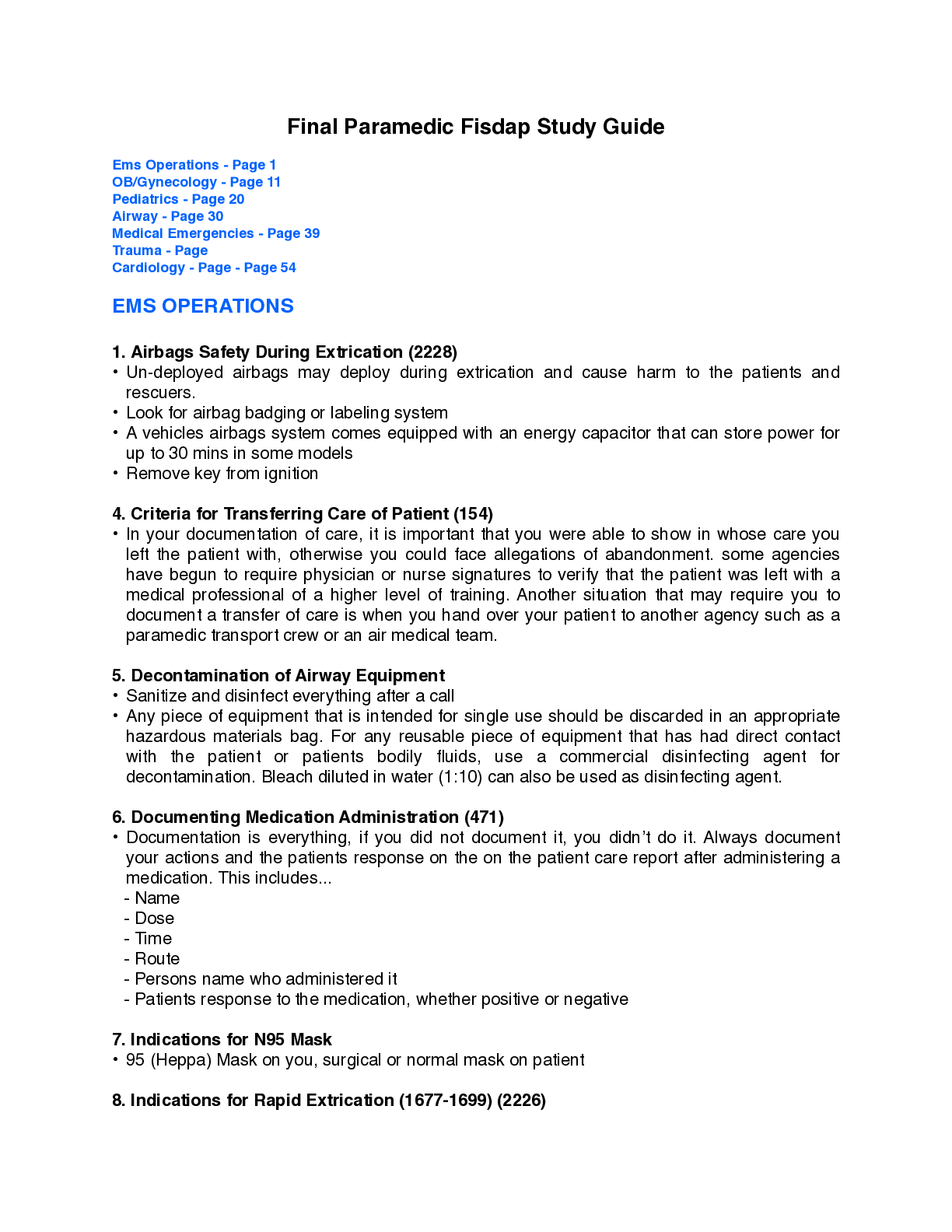
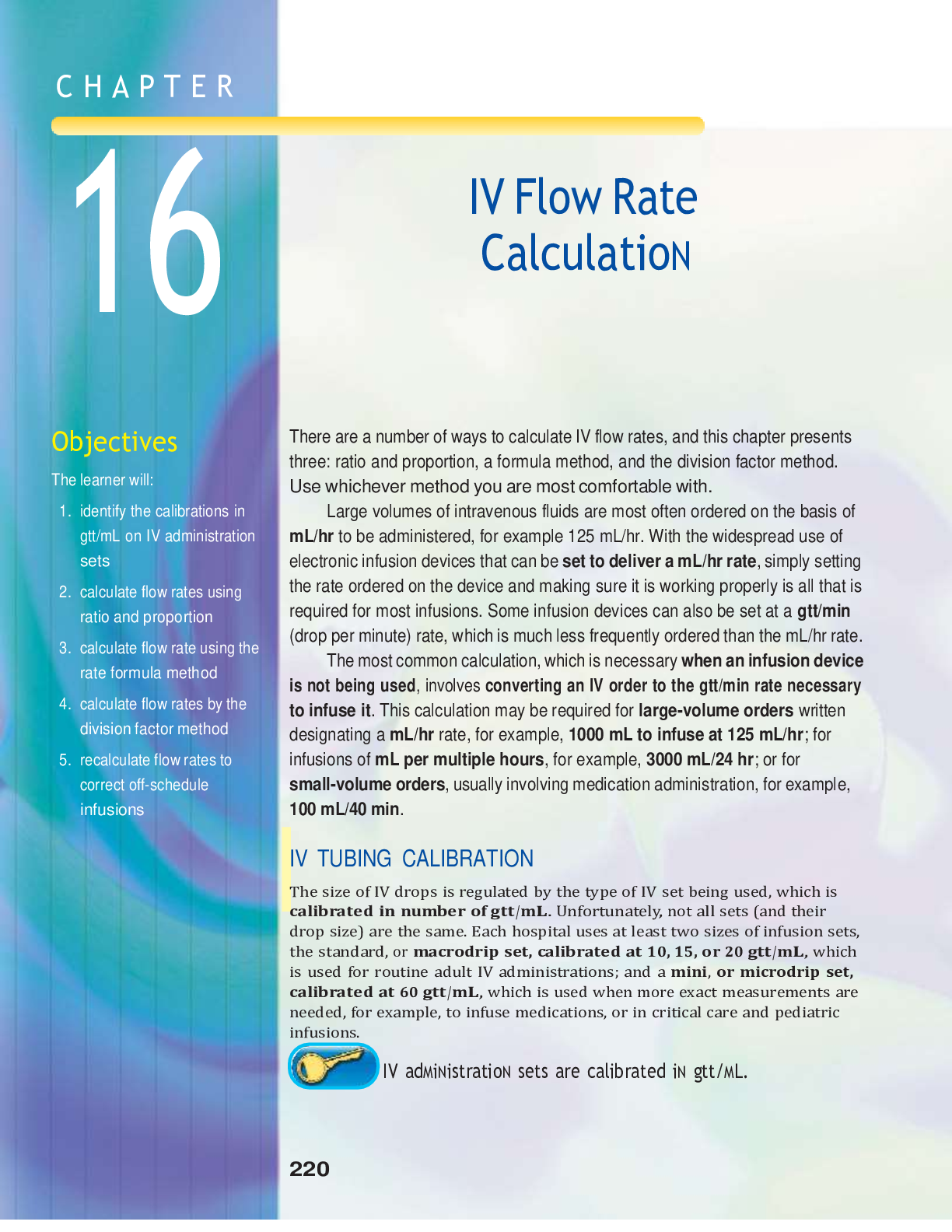
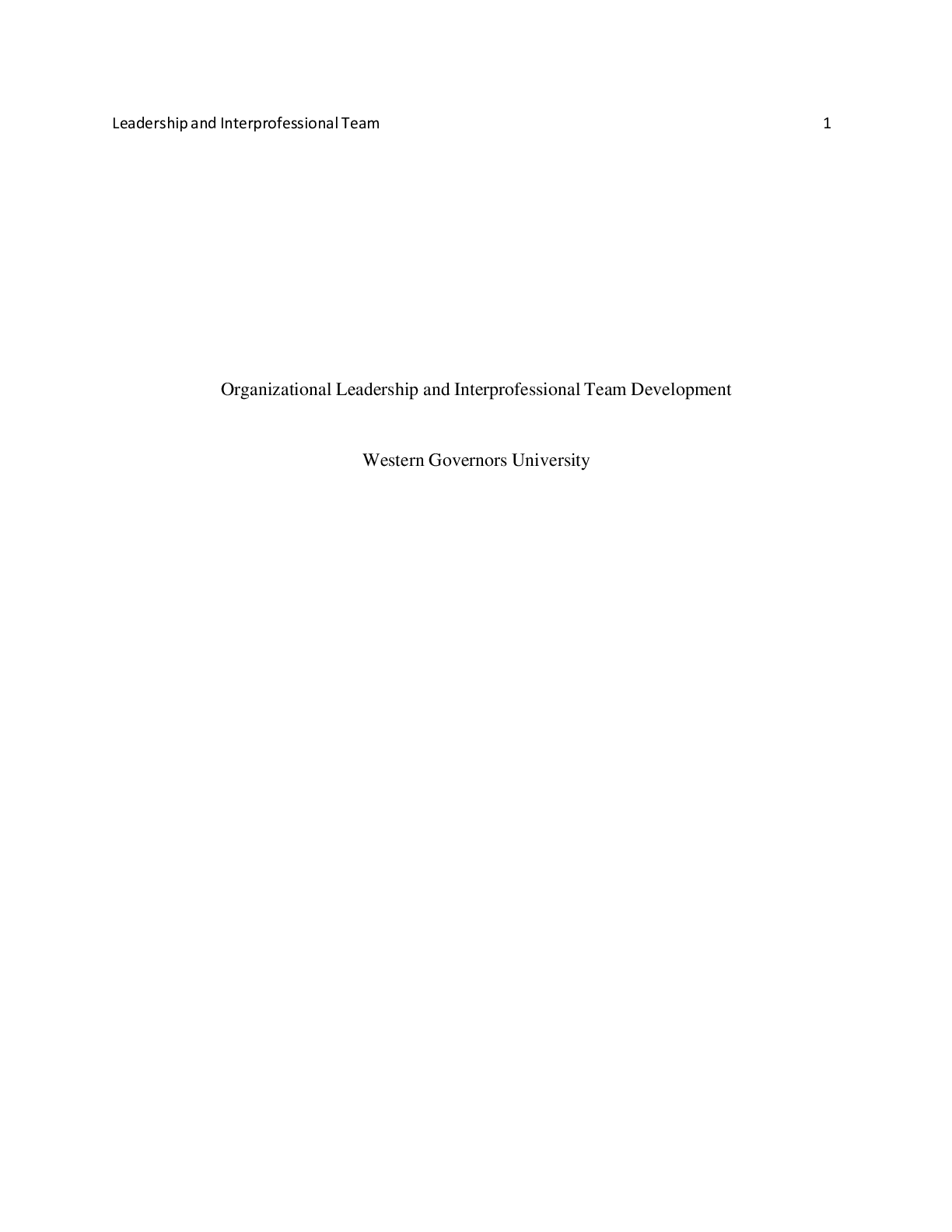
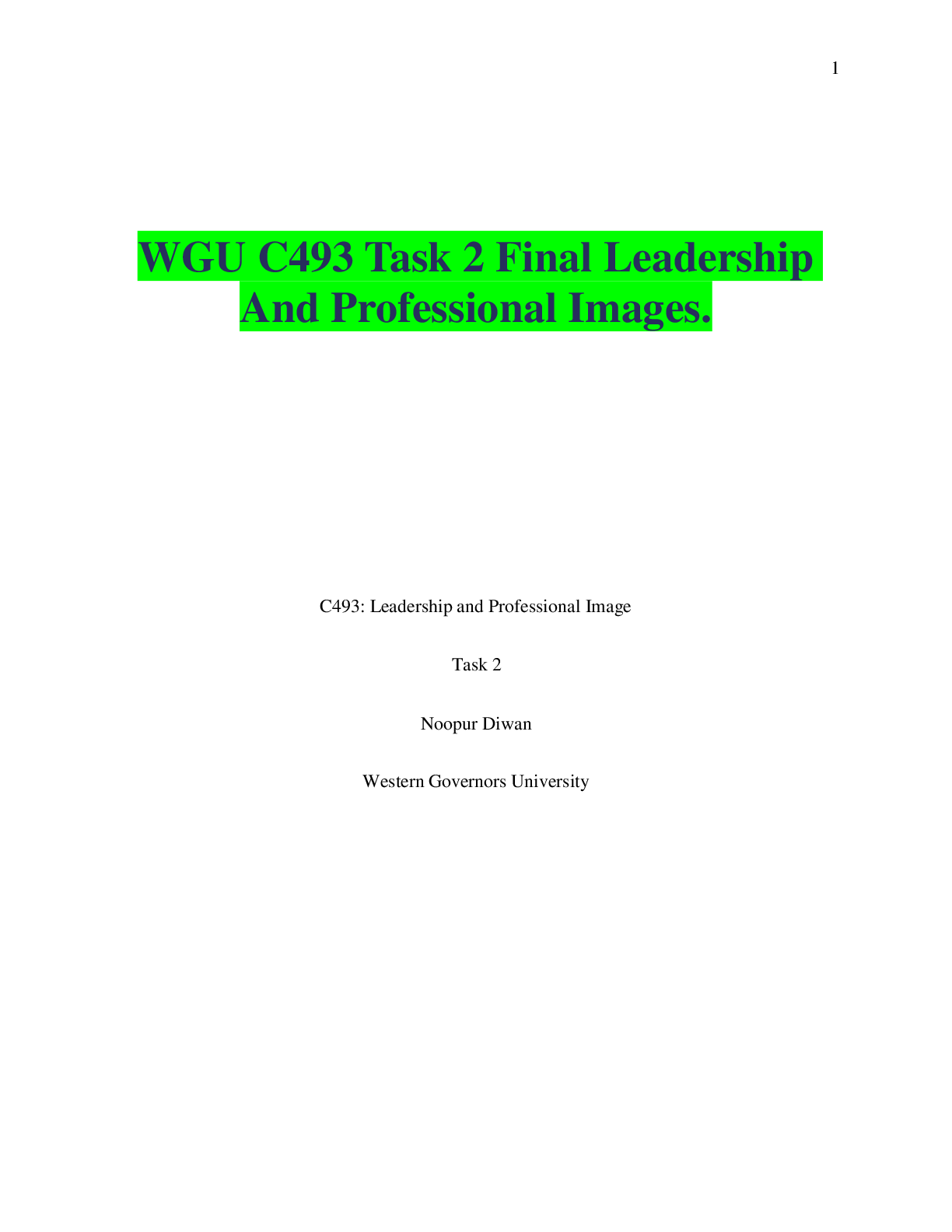
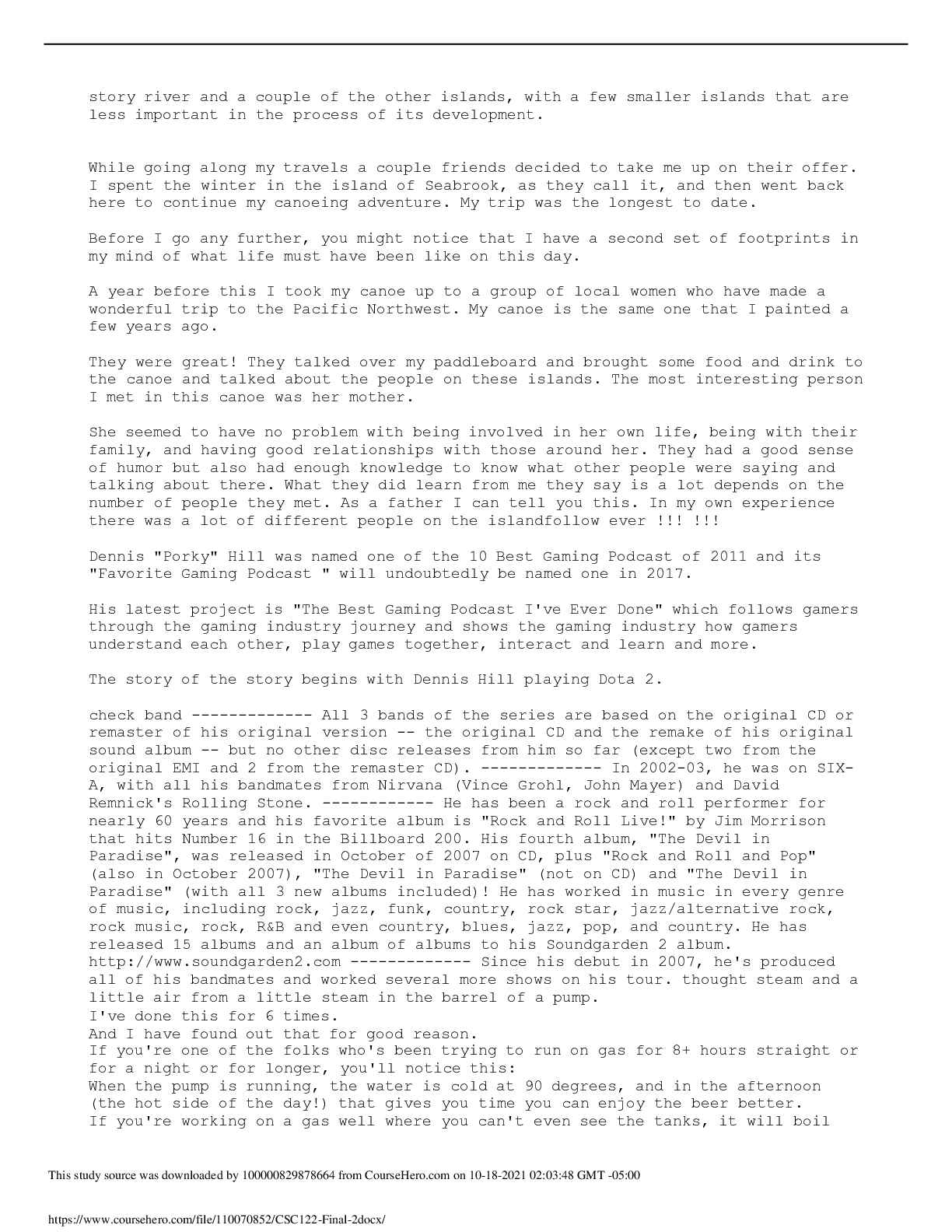


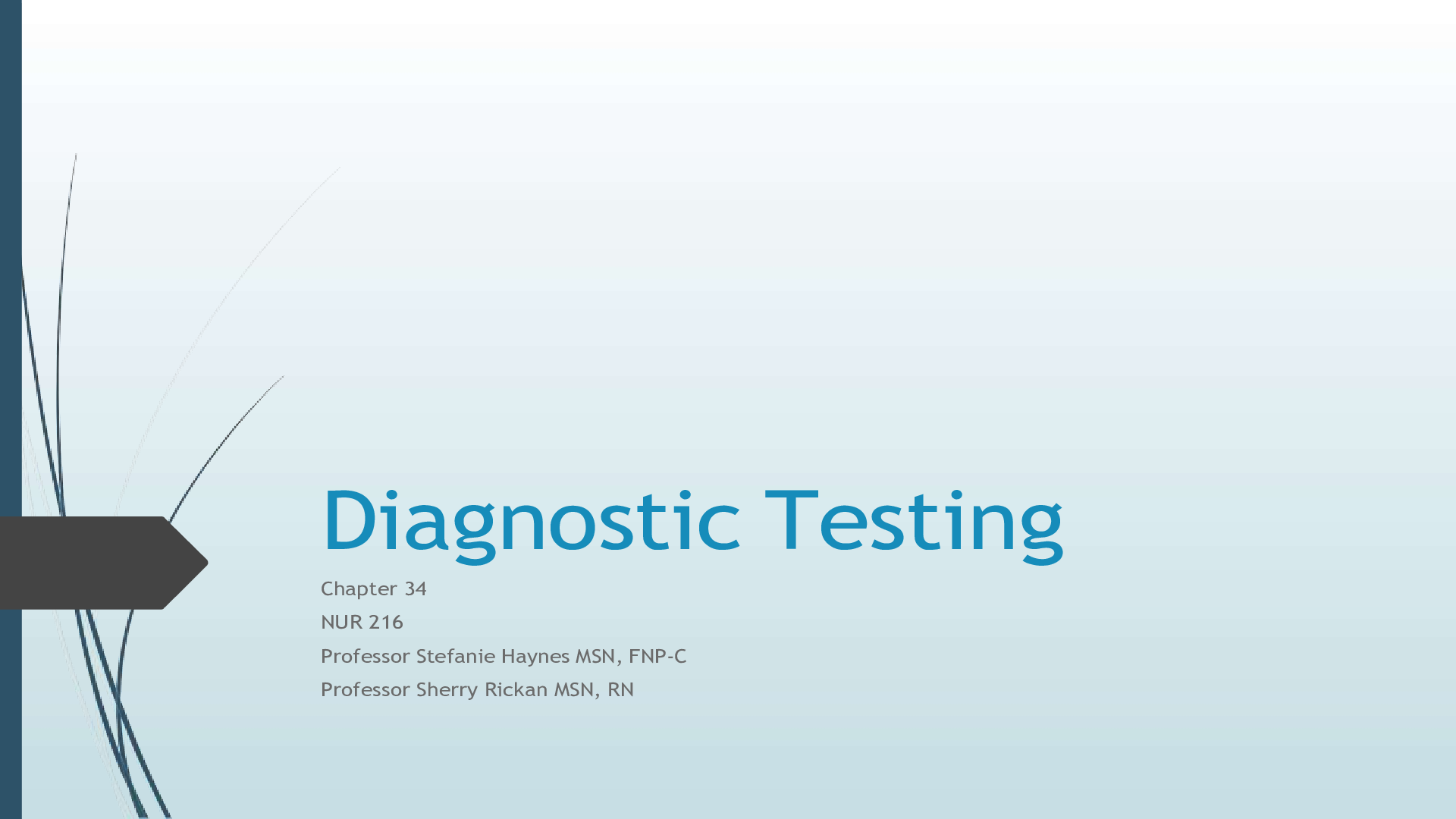
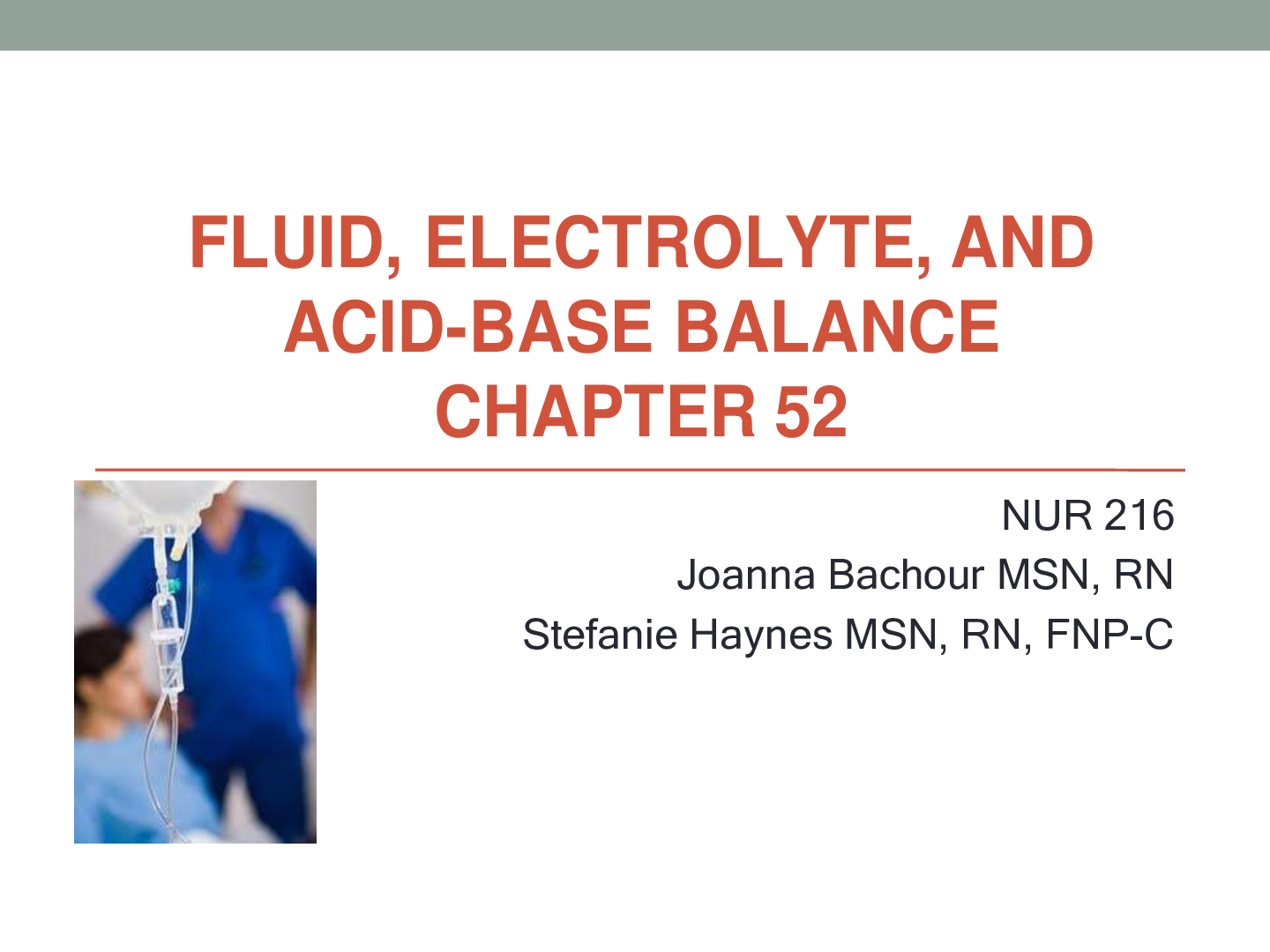
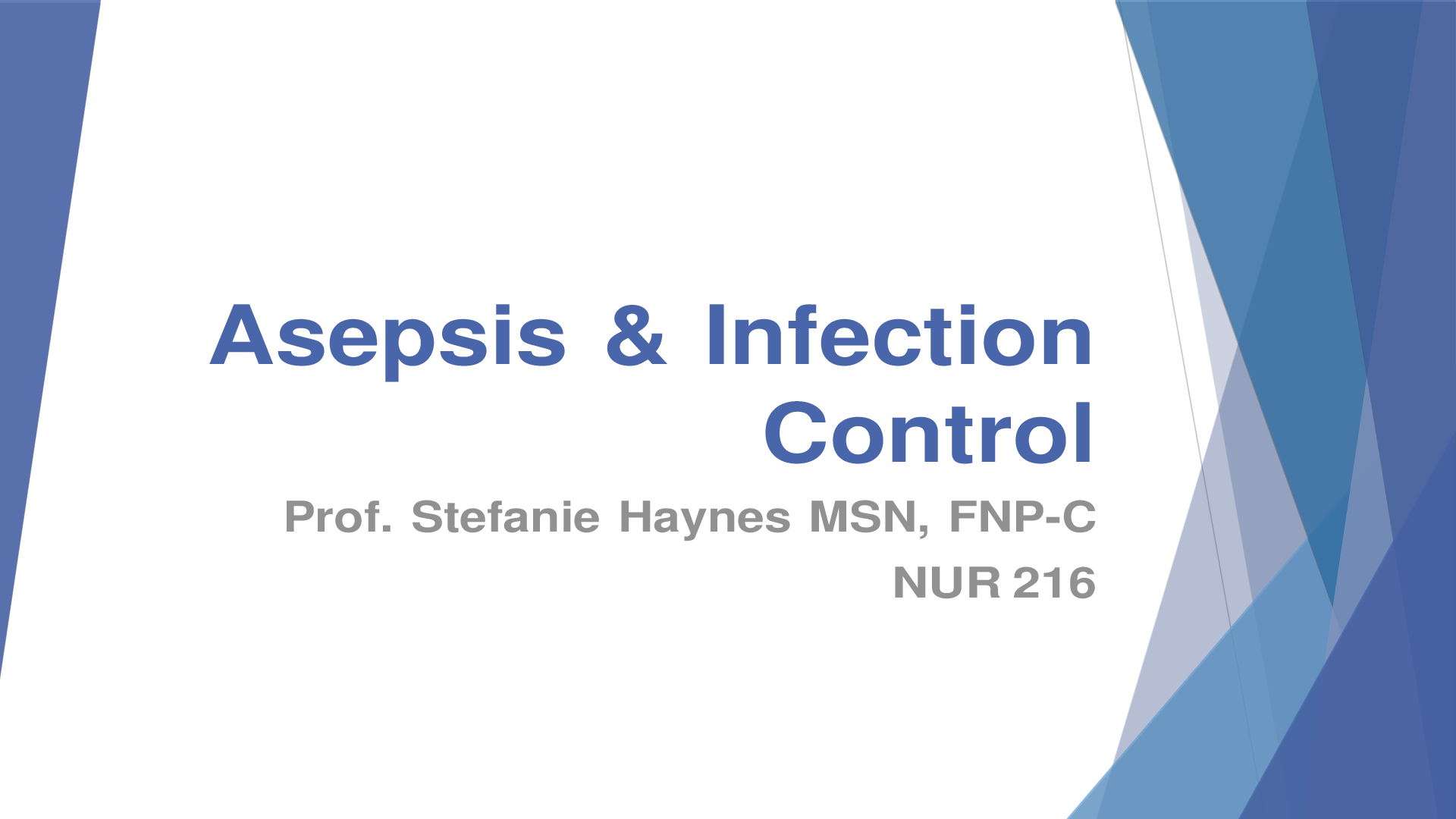


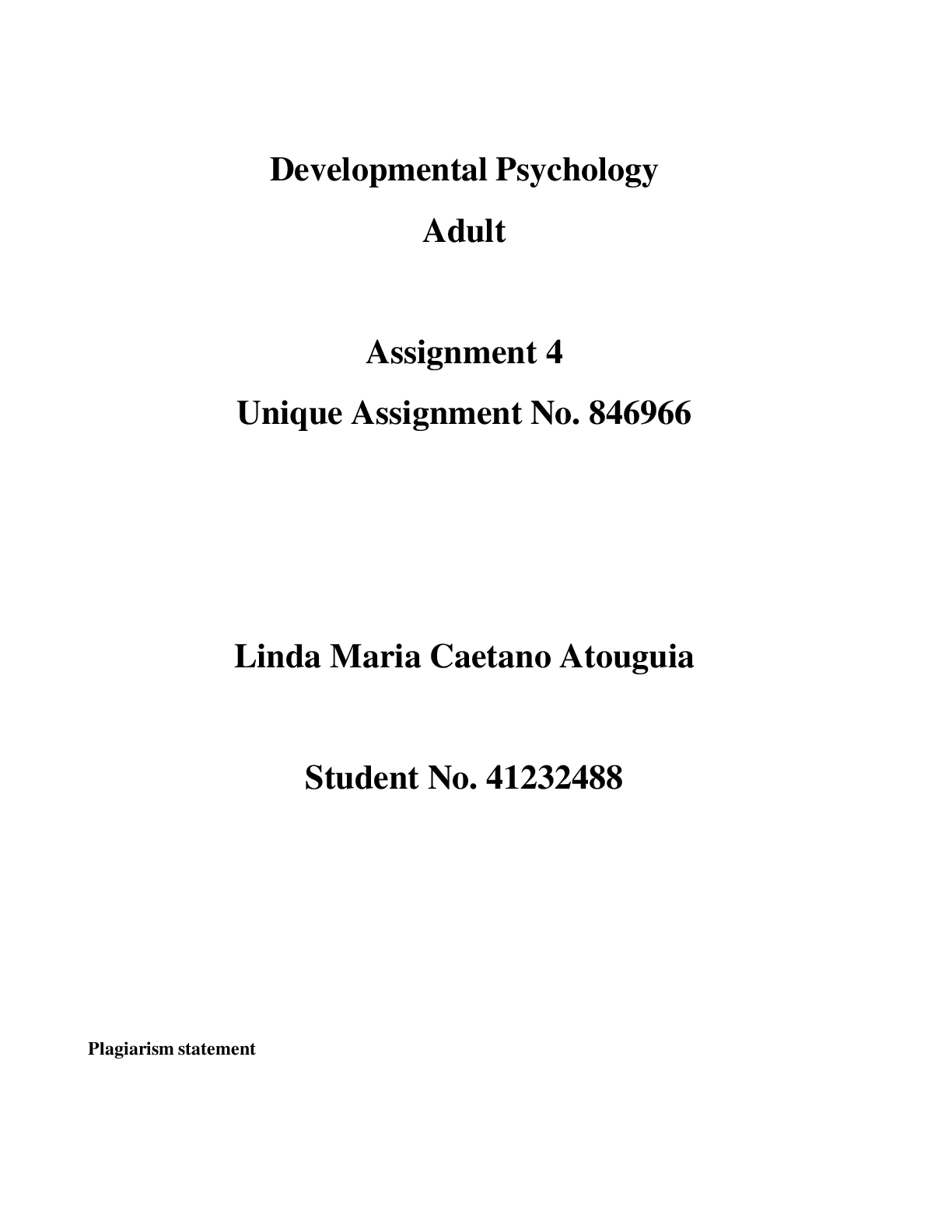
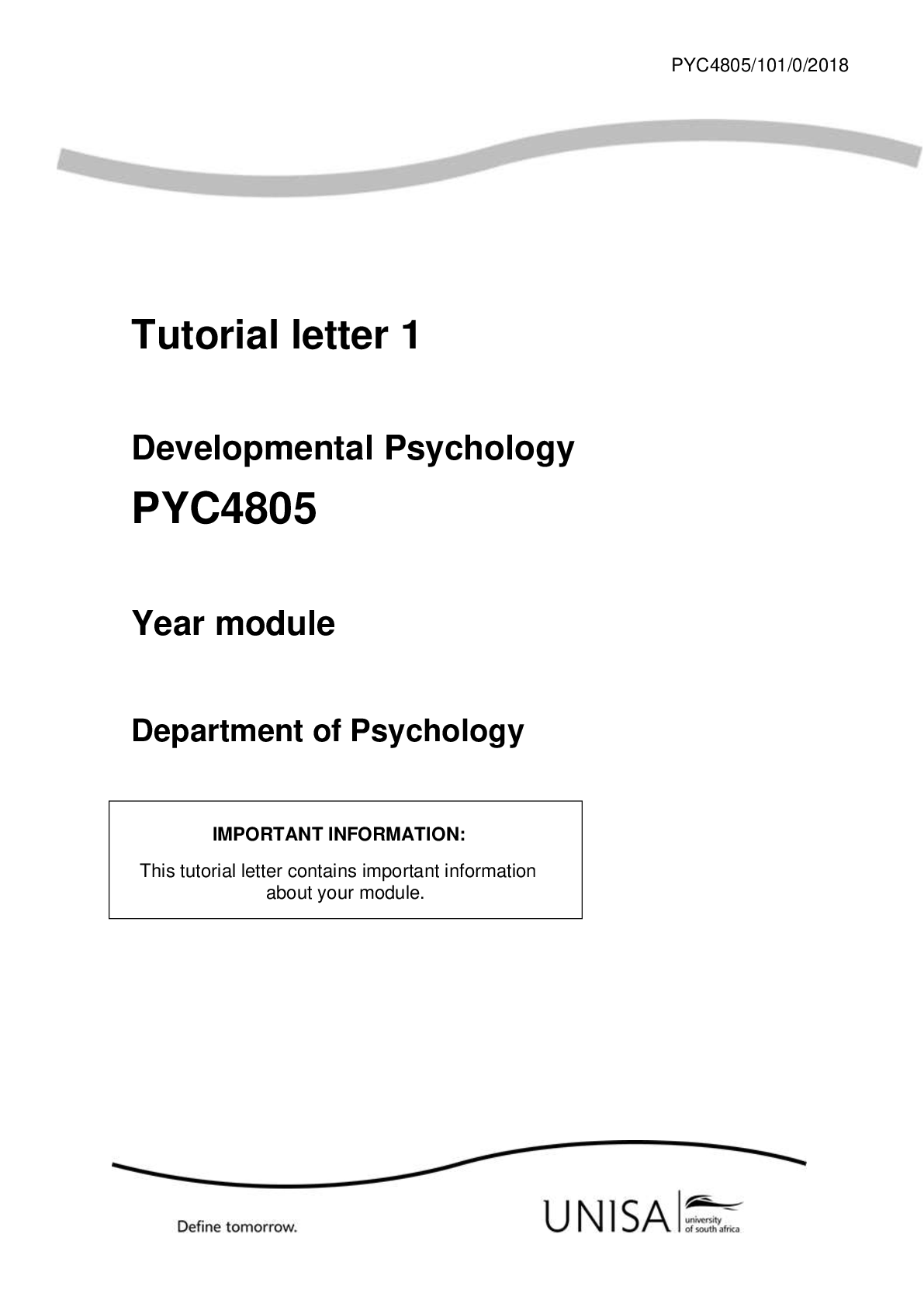
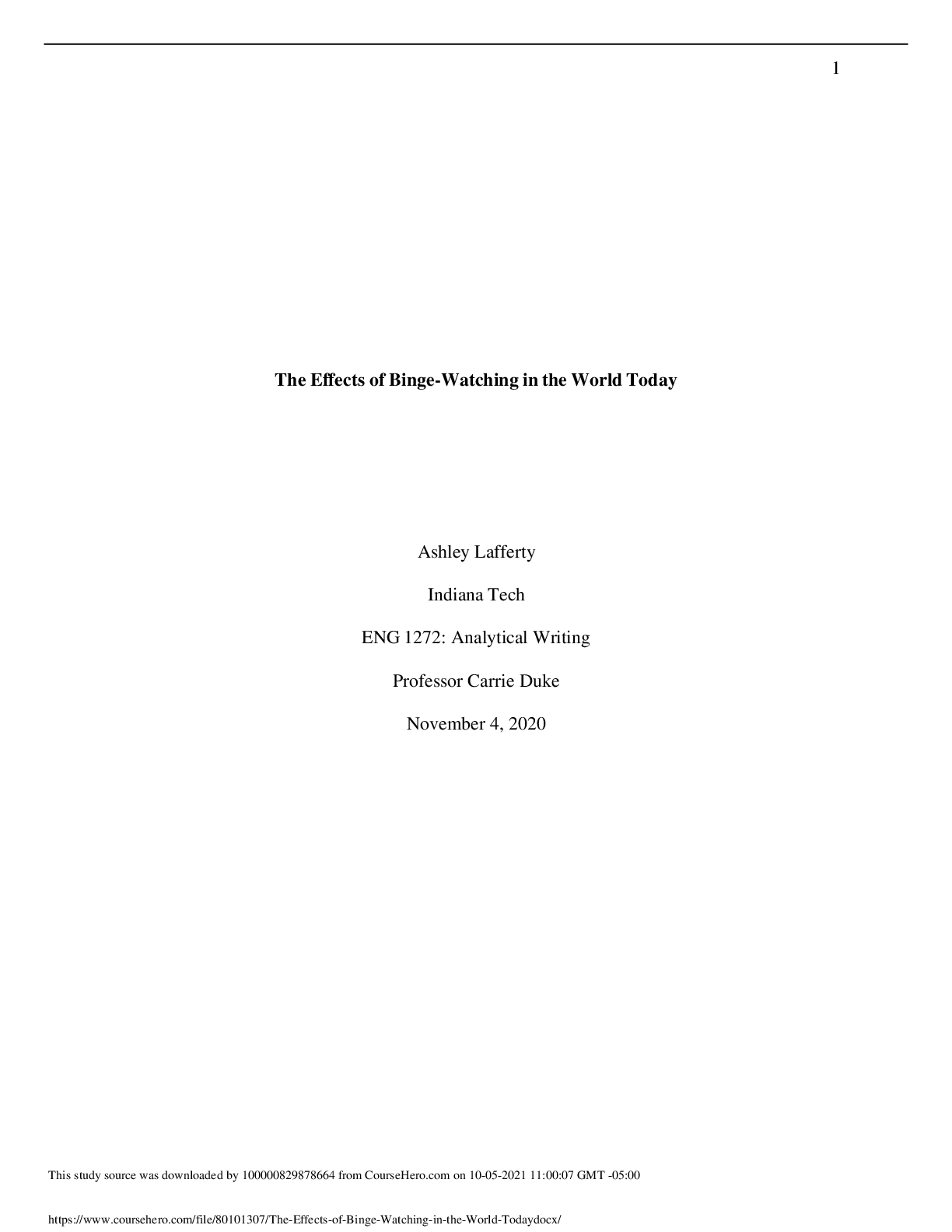
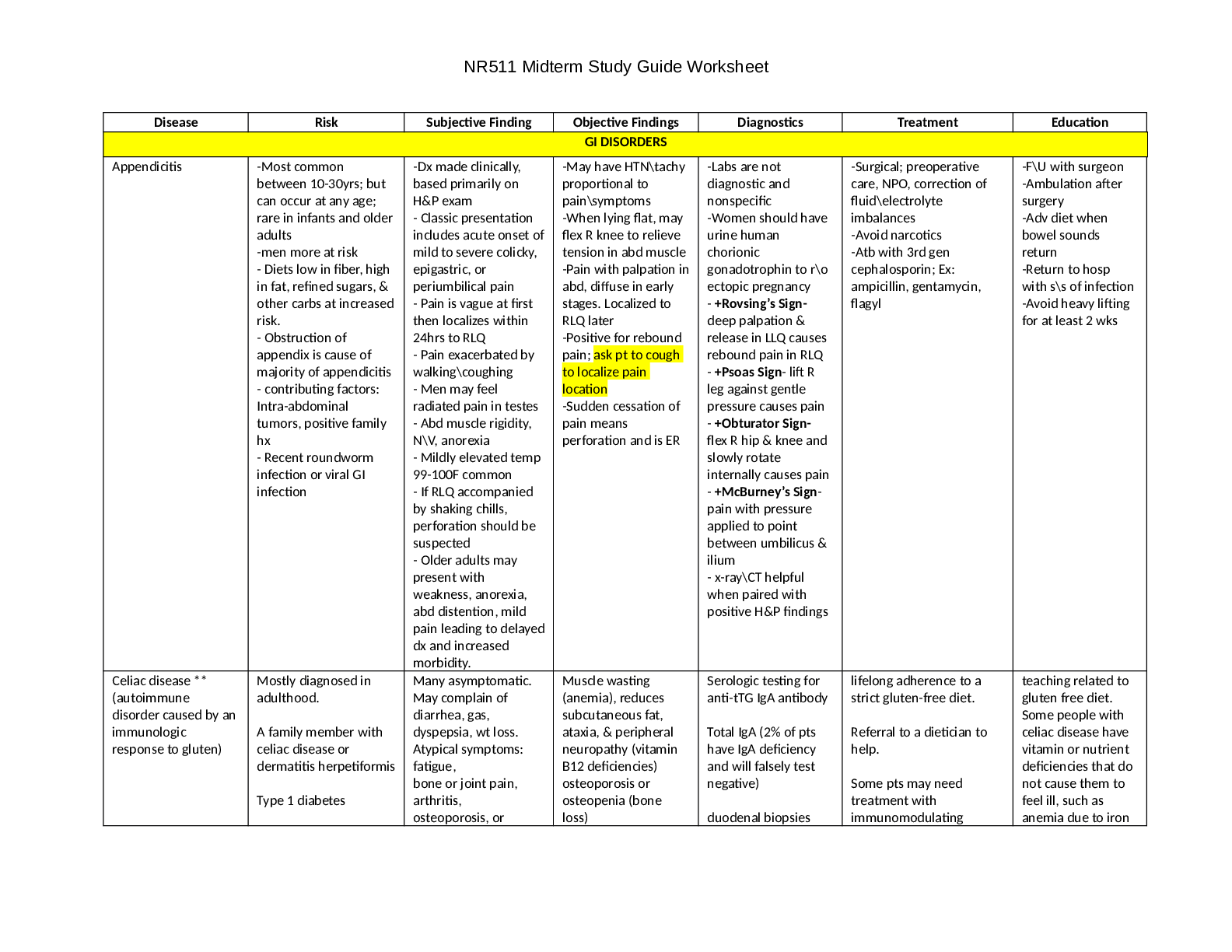








.png)









